A Complete Guide on Growing Psilocybin Mushrooms in 2024
Magic mushrooms, scientifically known as psilocybin mushrooms, are taking up the market thanks to their health benefits. With a respectful and informed approach, growing magic mushrooms can be a fun experience that combines the art of gardening with the profound depths of psychedelic exploration, not to mention that it requires little space as well as your gardening expertise. How to grow magic mushrooms on your own? We'll unveil the methods, setups, and steps to cultivate these mystical fungi, ensuring a safe and enlightening indoor gardening journey.
Table of Contents
An Overview of Magic Mushroom
Magic mushrooms, also known as psychedelic mushrooms, encompass a variety of fungi species that naturally produce psychoactive compounds, primarily psilocybin and psilocin. These substances are responsible for the mushrooms' powerful effects on the human brain, leading to profound alterations in perception, mood, and thought processes.
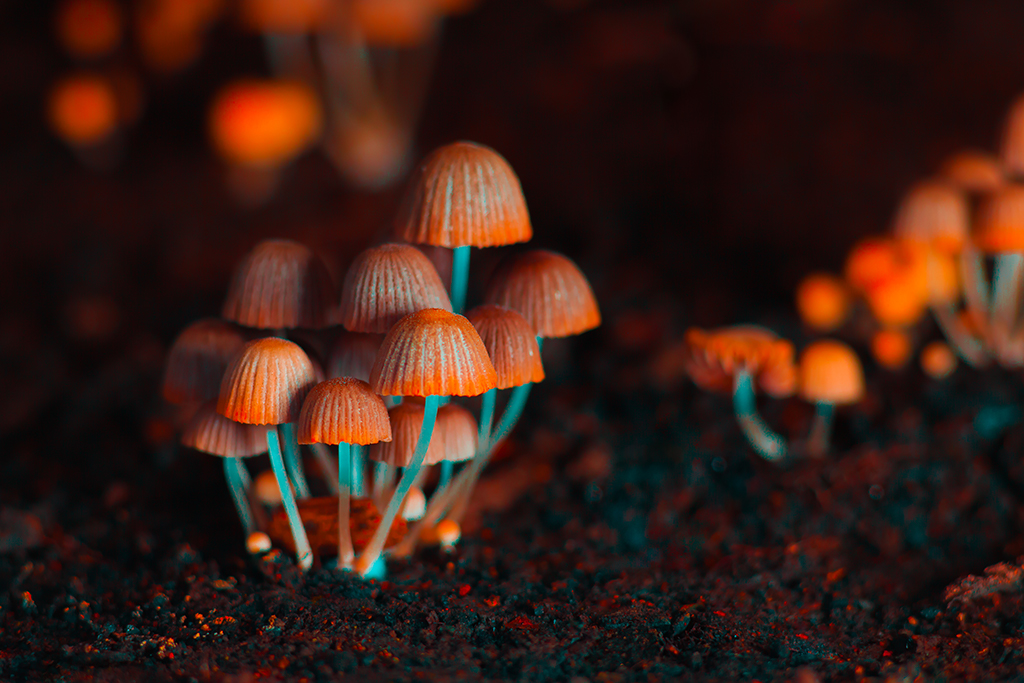
The effects of consuming magic mushrooms can be wide-ranging and highly variable. Users may experience:
- Vivid visual and auditory hallucinations
- Emotional euphoria
- Profound introspective insights, often accompanied by a distorted sense of time and space.
- Nausea
- Changes in heart rate and blood pressure
- Sensory enhancements that make colors appear more vibrant and sound more distinct
However, despite the potential for positive and enlightening experiences, magic mushrooms also carry risks. The intensity and unpredictability of their effects can lead to adverse reactions like anxiety, paranoia, and distressing hallucinations, known as a "bad trip."
How Long Does It Take to Grow Magic Mushrooms
Similar to weed, there are quite a few strains, or, mushroom varieties you can pick up. Due to the specific variety, cultivation method, and environmental conditions, it can take approximately 5 to 8 weeks to see the shrooms harvest. Here, we choose Golden Teachers, a popular strain of Psilocybe cubensis, for example, and outline the stages of plant growth.
- Preparation and Inoculation Phase (1-2 weeks): Preparing the substrate and sterilizing it to eliminate contaminants is the first step. After cooling, the substrate is inoculated with Golden Teacher spores or a mycelium culture.
- Colonization Phase (2-4 weeks): The inoculated substrate is kept in a dark, controlled environment to allow the mycelium to colonize the substrate. During this phase, the mycelium spreads throughout the substrate, consuming nutrients and preparing for fruiting.
- Fruiting Phase (2-4 weeks): After full colonization, conditions are adjusted to encourage the mycelium to produce mushrooms. Golden Teacher mushrooms usually start forming pins within a week of initiating these conditions, and these pins develop into mature mushrooms over the next 5-12 days.
- Harvesting Phase: Golden Teachers are typically harvested just as the veil between the cap and stem begins to tear, which is usually about a week after pin formation.
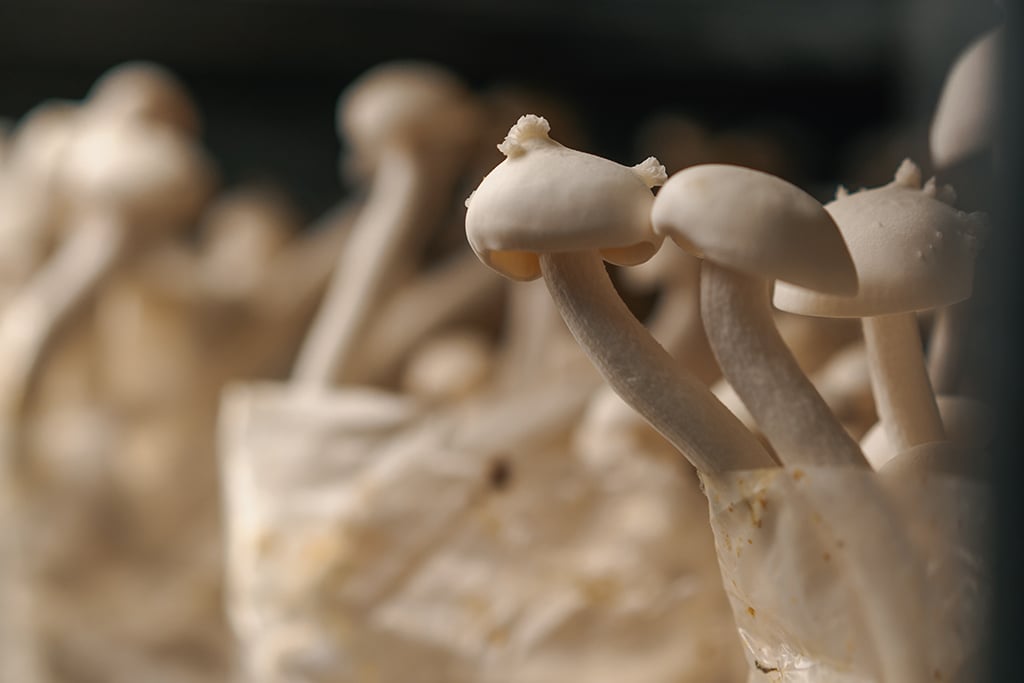
From the start of inoculation to the first harvest, the process takes around 4 to 8 weeks for Golden Teachers, with the possibility of extending the cultivation with additional flushes.
Methods to Grow Magic Mushroom
There are multiple approaches to growing magic mushrooms, some burgeoning, some standard, including:
- PF Tek method
- Mushroom grow kit
- Monotub technique
- Agar techniques
- Bulk substrate cultivation
Among these methods, the first three are commonly accepted by mushroom growers. Let’s check how they work.
PF Tek Method - Best for DIY Enthusiasts
The PF Tek method, developed by the jazz musician Robert McPherson, stands apart from other indoor mushroom cultivation techniques by inoculating sterilized brown rice flour and vermiculite cakes with mushroom spores. Over the years, it’s proven to be simple and budget-wise.
Growing Mushrooms Using a Kit - No Brainer Option
If you are new to indoor gardening, a complete mushroom growing kit can be your lifesaver. A mushroom grow kit typically includes all the necessary components for growing mushrooms at home, for example, pre-sterilized equipment, injection ports, substrates, etc.
Monotub Technique - Best for Bulk Cultivation
The monotub technique is a variation of bulk substrate cultivation that is contained within a single, large container. This method combines the principles of bulk substrate cultivation with a controlled microenvironment, optimizing conditions for mushroom growth, particularly for species like Psilocybe cubensis.
Which Magic Mushroom Variety to Grow
When cultivating magic mushrooms, one initial decision is to select the appropriate variety or strain to grow. Below are some well-known magic mushroom varieties, each offering distinct experiences and cultivation requirements:
Psilocybe Cubensis
This is the most popular and widely cultivated species due to its relatively straightforward growing requirements and moderate to potent effects. Within this species, there are numerous strains, such as:
- Golden Teachers: The Golden Teacher variety is an excellent choice for beginners - its name reflects its qualities well. Additionally, it is generous in yields as well as an expansive range of effects. Users often experience a mix of synesthesia, visual enhancements, textural sensations, and feelings of euphoria.
- B+: Praised for its versatility and resilience, the B+ strain can thrive in various environmental conditions, making it a robust choice for first-time growers. Since it originally comes from a colder region, it is more suited to cooler growing environments.
- Penis Envy: This strain is known for its distinctive appearance, high potency in psilocin and psilocybin, and slower growth rate compared to other Psilocybe cubensis varieties. You can quickly recognize it by its thick, dense stem and bulbous cap, which resembles a phallic shape, hence the name. However, they are known for producing minimal spores and present considerable challenges in cultivation.
- Cambodian: Originating from the Cambodian region, this strain is recognized for its rapid colonization and is suitable for those looking for a quicker cultivation cycle.
Psilocybe Semilanceata
Commonly known as Liberty Caps, these mushrooms are notorious for their potency and are typically found in the wild across various parts of Europe and North America. Cultivating Liberty Caps indoors is challenging due to their preference for natural, outdoor conditions.
Psilocybe Cyanescens
Known as Wavy Caps for their distinctive wavy mushroom caps, Psilocybe Cyanescens can produce potent effects. They are more suited to outdoor cultivation, requiring wood chips or lignin-rich materials to grow, which makes them a more advanced choice for cultivation.
Psilocybe Mexicana
This species is famed for its historical use in indigenous Mesoamerican cultures for spiritual and religious purposes. Psilocybe Mexicana is known to produce sclerotia, also known as "magic truffles," in addition to fruiting bodies, offering a dual cultivation opportunity.
Prepare for Growing Psilocybin Mushrooms Using PF Tek Method
The PF Tek method is an accessible and cost-effective way for home-grown mushrooms. If that’s your take, here's a comprehensive guide combining essential information, ingredients, equipment, and key terms to get you started with the PF Tek method.
Ingredients
Vermiculite: A hydrous phyllosilicate mineral, typically used for creating a hospitable environment for magic mushrooms due to its water retention and aeration properties.
Organic Brown Rice Flour (BRF): Serves as the primary nutrient source for the growing mushrooms.
Fresh Water: Preferably purified or distilled to minimize contamination risks.
Spore Syringe: Contains psilocybin mushroom spores for inoculation of the substrate.
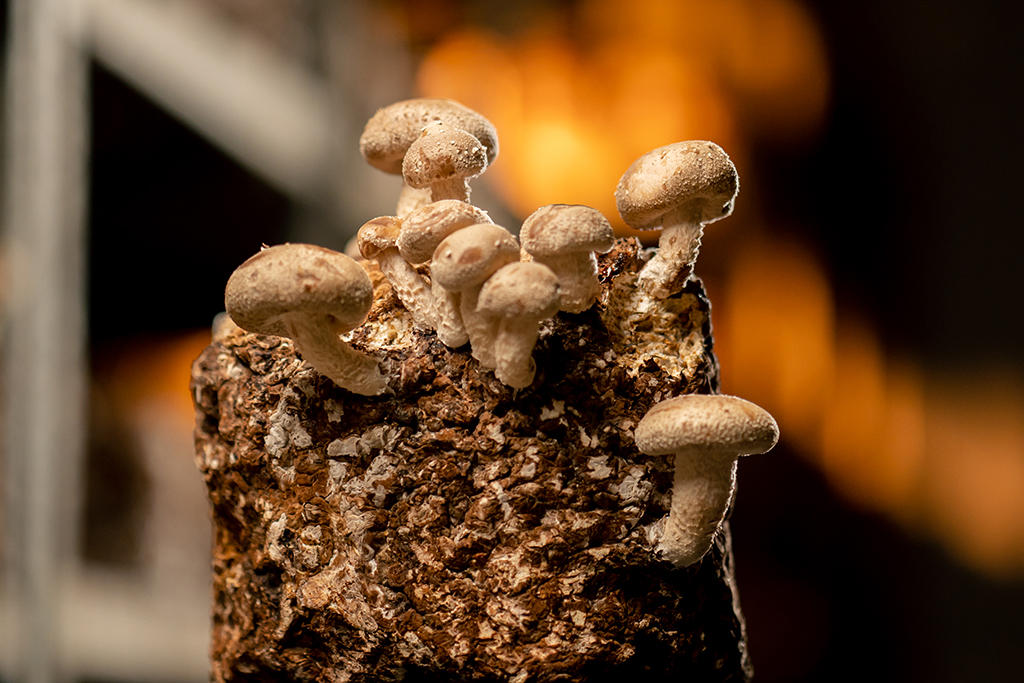
Equipment
You don’t need to purchase every single item below, as you may probably own some of them if you’ve grown regular mushrooms before. Still, check the list to see if anything is missing:
- Jars or Glass Tupperware
- Hammer and Small Nail or Drill
- Measuring Cup and Mixing Bowl
- Strainer
- Aluminum Foil
- Large Cooking Pot with a Tight Lid
- Small Towels or Paper Towels
- Micropore Tape
- Clear Plastic Storage Box
- Drill
- Perlite
- Spray Bottle
How to Grow Magic Mushrooms with PF Tek Method
The mushroom cultivation process can be delineated into clear, manageable steps. With all needed items in hand - desired species, ingredients, and tools, follow our guide with care and patience to enjoy a successful mushroom harvest.
Step 1: Preparation of the Substrate
Get the cultivation jars or containers ready. Clean them thoroughly with alcohol, then create four evenly spaced small holes in the lid of each one. Then we can begin with the preparation of the substrate. It is the growing medium and also the nutritional foundation for your mushrooms. The substrate will consist of a mixture with a ratio of 2-2-5 parts of water, rice flour, and vermiculite.
Start by combining 2 parts of water with 5 parts of vermiculite, thoroughly mixing them. Next, use a strainer to remove any surplus water before incorporating 2 parts of rice flour into the moist vermiculite. Proceed to fill your cultivation jars with this mixture, taking care not to compress it excessively. Aim to leave about half an inch of space below the rim of each jar. To prevent contamination, sterilize the surface of the mixture in each jar and then apply a protective layer of dry vermiculite on top.
Step 2: Inoculation
Inoculation involves preparing your substrate mix free from contaminants before introducing the mushroom spores or mycelium. You should carefully remove the foil from one of your jars and pierce the syringe through one of the pre-made holes, pushing it in as far as possible. Aim to deposit about a quarter of the spore solution against the glass side of the jar.
This process should be repeated for each of the remaining holes, covering them afterward with micropore tape to prevent contamination.
Step 3: Colonization
After inoculation, store the jars in a clean, undisturbed area away from direct sunlight, at temperatures between 70-80°F (21-27°C), to allow the mycelium to fulfill colonization. You should notice white, fluffy mycelium growth starting from the inoculation points within one to two weeks.
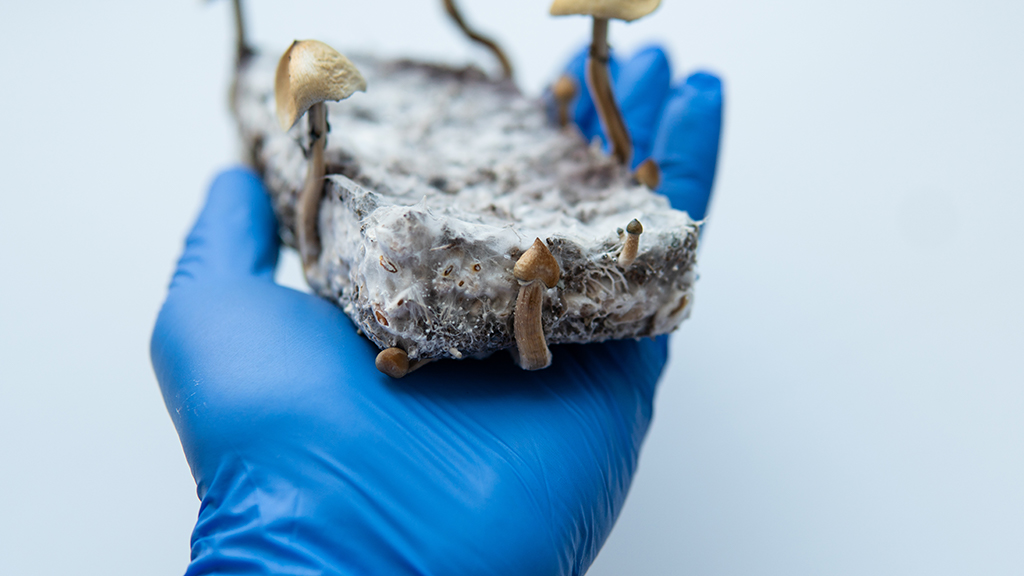
Be vigilant for any signs of contamination, such as unusual colors or odors, as microbes and molds can still infiltrate despite stringent sanitation measures. Should you encounter any contamination, it's best to immediately discard the affected jars to prevent any risk.
You can expect the jars to be fully colonized by mycelium in 3 to 5 weeks, indicating they are ready for the next phase.
Step 4: Fruiting
Once colonization is complete, the substrate is introduced to conditions that trigger the mushroom to fruit. You can begin by carefully removing the top layer of dry vermiculite from each jar and gently extract the mycelium cakes by inverting the jars onto a sanitized surface and tapping until they slide out.
Next, briefly rinse each cake under cold water to wash away any loose vermiculite, then submerge them in room-temperature water in a large container for a 24-hour rehydration period. After soaking, coat each cake with dry vermiculite by rolling it in a mixing bowl, which helps to retain moisture in the cakes.
Proceed by placing each cake on a square of tin foil within your fruiting chamber, ensuring they don't touch the perlite at the bottom. Space them out evenly, mist the chamber lightly, and fan it to encourage air exchange, but avoid soaking the cakes.
Maintain the humidity by misting the chamber four times daily and fanning after each mist to provide fresh air, keeping an eye out for the emergence of mushrooms.
Step 5: Harvesting
Finally, it’s the harvesting time! The emergence of your mushrooms will initially manifest as small white nodules and then evolve into noticeable pins. You should see the first signs of mushrooms within 5 to 12 days of moving the cakes to the fruiting chamber.
For harvesting, gently cut the mushrooms at the base of their stems, close to the cake, and aim to do so before they fully mature for optimal potency. The most ideal time to harvest magic mushrooms is when the veil beneath the cap is about to tear and still has conical caps and covered gills.
Step 6: Drying and Storage
Proper drying and storage are essential for preserving the potency and longevity of your harvest, just like how to dry weed. Dehydrators are commonly used to dry mushrooms efficiently, after which they can be stored in an airtight container with desiccants to keep them dry.
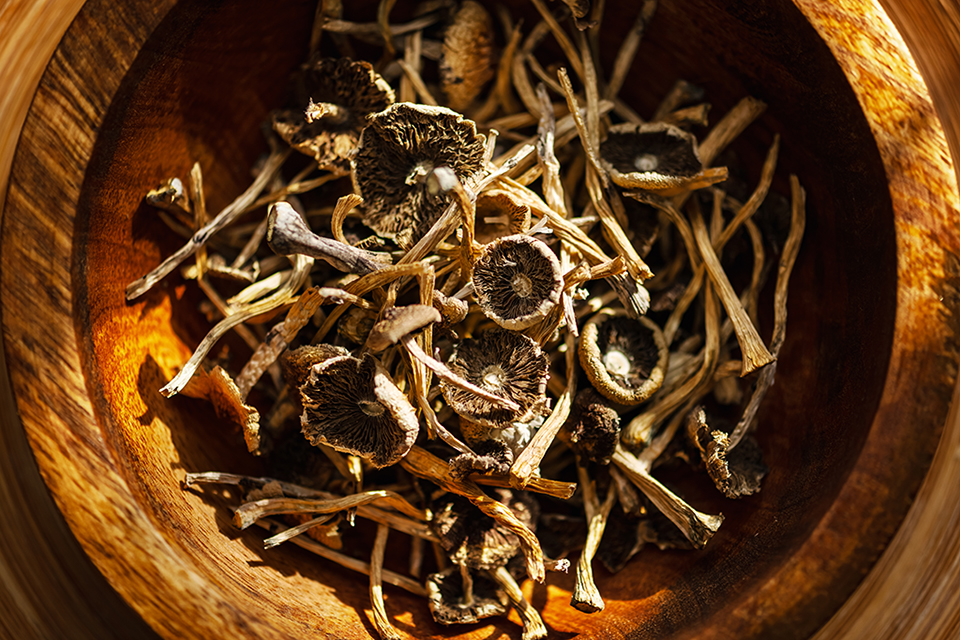
How to Grow Mushrooms with Growing Kits
Compared with growing psilocybe mushrooms with the PF Tek method, a psilocybin mushroom growing kit is just so easy to proceed with. Basically, you just have to:
Step 1: Choose Your Kit
Opt for a ready-to-use mushroom grow kit, which contains a block of pre-inoculated substrate. These kits are widely available from Amazon.
Step 2: Initial Setup
Once you have your kit, the initial steps are straightforward. Open the kit by slicing the box as instructed, usually along a marked line. This exposes the pre-colonized substrate to air, initiating the fruiting process.
Step 3: Creating Ideal Conditions
Moisture and Humidity: Mushrooms thrive in humid environments. To achieve this, spray water lightly over the substrate daily, maintaining moisture without waterlogging. In drier climates, consider using a humidity tent made from a semi-transparent plastic bag with holes or placing a dish of water near the kit to increase ambient moisture.
Airflow and Light: While mushrooms need high humidity, they also require ample oxygen and minimal direct sunlight. Position your kit in a spot near the kitchen sink, where it can receive indirect light and there's good air circulation. Avoid sealing it too tightly with any cover to prevent the risk of rotting.
Step 4: Maintenance and Harvest
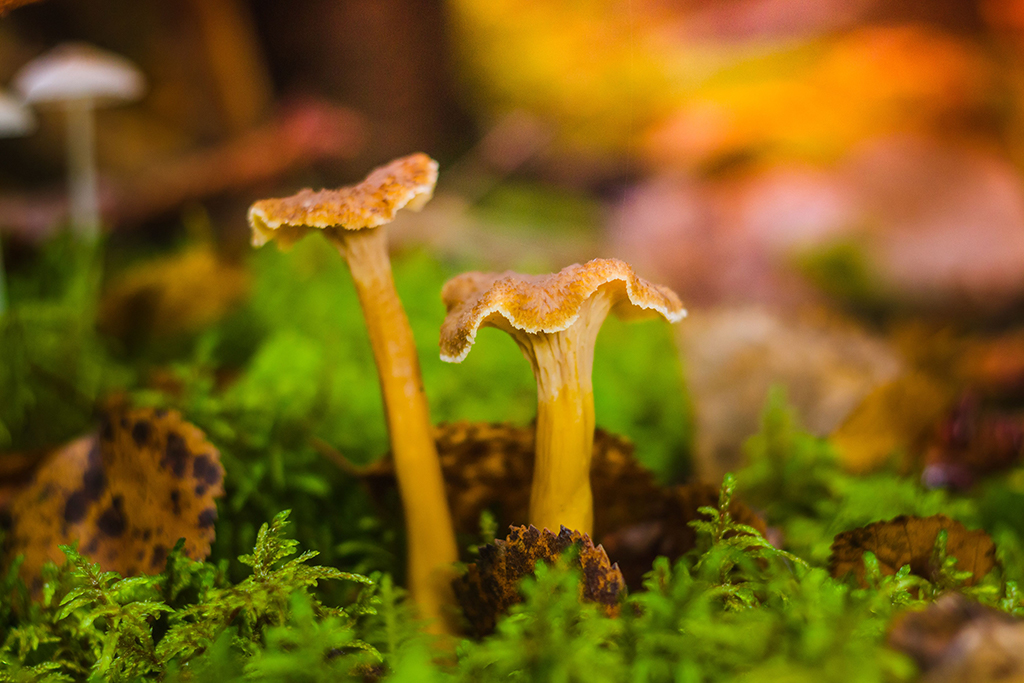
Watch for signs of healthy mushroom development, such as the emergence of small mushroom pins. Be vigilant for any signs of discoloration or deformity, which could indicate inadequate conditions.
Typically, mushrooms are ready to harvest within as little as 2 weeks or so after starting. Pick them when they're young and firm before any signs of spoilage, similar to how you would assess meat for freshness.
Bonus: Elevating Your Magic Mushroom Garden With A Grow Tent
Integrating a controlled environment, such as an indoor grow tent, into your DIY mushroom growing offers quite a list of benefits. Grow tents come with a dedicated space where conditions such as humidity, light, and temperature can be meticulously managed. We both know how picky the mushrooms can be regarding these facets.
Among the various options available, the Spider Farmer Grow Tent stands out as a particularly effective choice for enthusiasts looking to enhance their magic mushroom gardens.
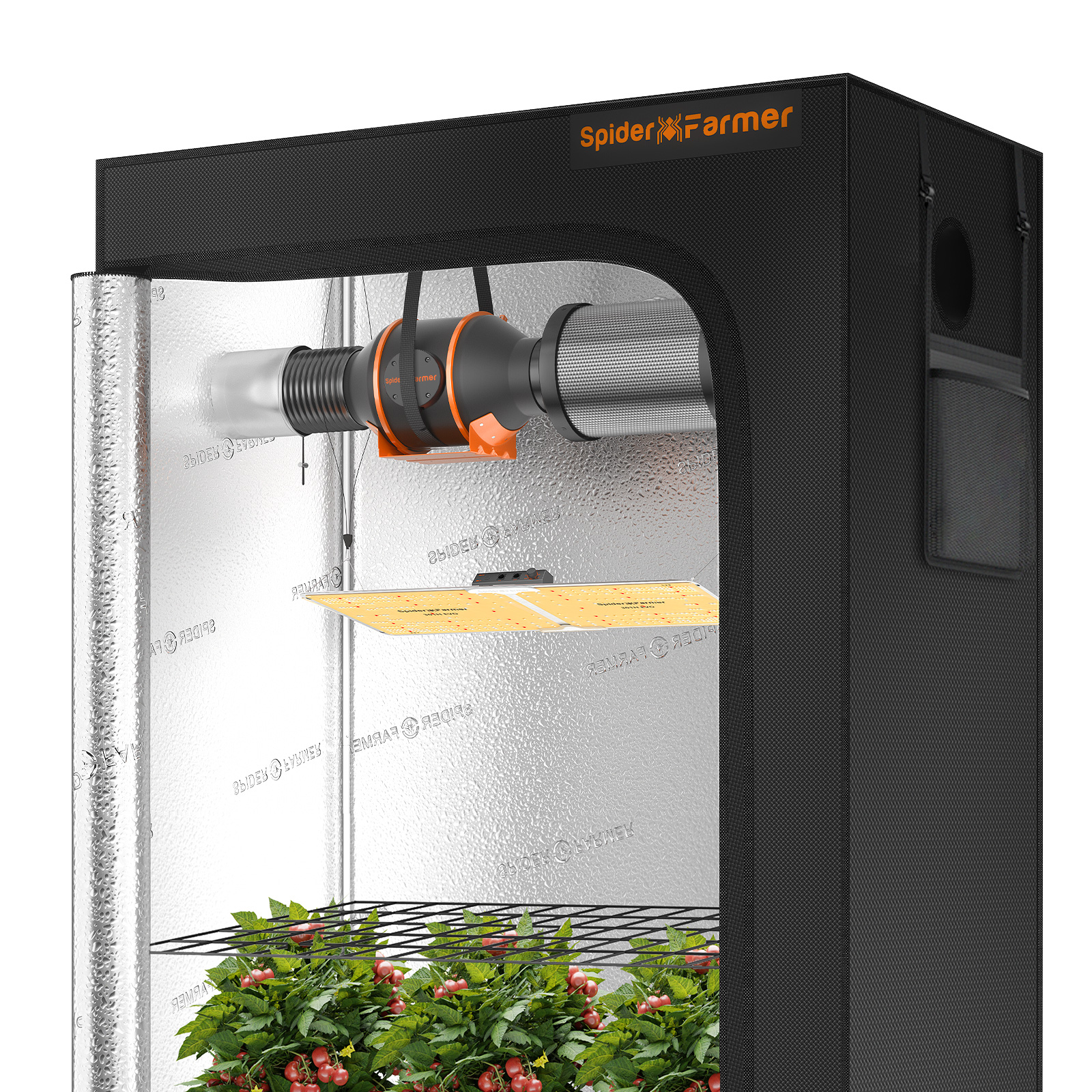
To incorporate a Spider Farmer Grow Tent into your magic mushroom garden:
- Select the Right Size: Choose a tent size that fits your available space and accommodates the scale of your cultivation project, be it a 2x2 grow tent or a 4x4 grow tent.
- Setup: Follow the instruction manual to assemble the tent. Place it in a location where you can easily control the room's ambient temperature and where it won't be disturbed.
- Install Accessories: Set up any necessary accessories inside the tent, such as plant humidifiers to maintain high humidity levels, small inline fans for air circulation, and thermometers/hygrometers to monitor conditions.
- Place Your Cultivation Containers: Position your inoculated substrates or growing kits inside the tent. Ensure they are placed on a clean, flat surface and that there's enough space between them for air circulation.
- Monitor and Adjust: Regularly check the internal conditions of the tent and adjust your humidifiers, fans, and other equipment as needed to maintain optimal growth conditions.
Tips for Growing Psilocybin Mushrooms
Regardless of the strain and growing method, growing psilocybin mushrooms successfully requires attention to several key factors. We’ve gathered some useful tips to help you gain the biggest chance of success.
- Substrate Preparation: Psilocybe mushrooms thrive on freshly ground rice flour. If it’s not available, use a coffee or weed grinder, or a mortar to create a fine, nutrient-rich substrate for your mushrooms.
- Sanitation: Maintaining a sterile environment is crucial. According to experienced mushroom growers, the majority of cultivation problems stem from inadequate sterilization. Beyond sterilizing jars and syringes, ensure your entire cultivation area is clean and free from dust. Regularly treat equipment, work surfaces, containers, and gloves with alcohol and heat as necessary.
- Environmental Conditions:
- Light: Provide indirect light or fluorescent light for a few hours daily to stimulate growth without overheating or drying the substrate.
- Temperature: Maintain 75-80°F (24-27°C) during colonization and 70-75°F (21-24°C) during fruiting.
- Humidity: Keep humidity levels high, around 90-95%, especially during the fruiting phase, to support mushroom development.
- Ventilation and Fresh Air Exchange: Ensure good air circulation to provide fresh oxygen while removing carbon dioxide, using a combination of misting and fanning to maintain humidity.


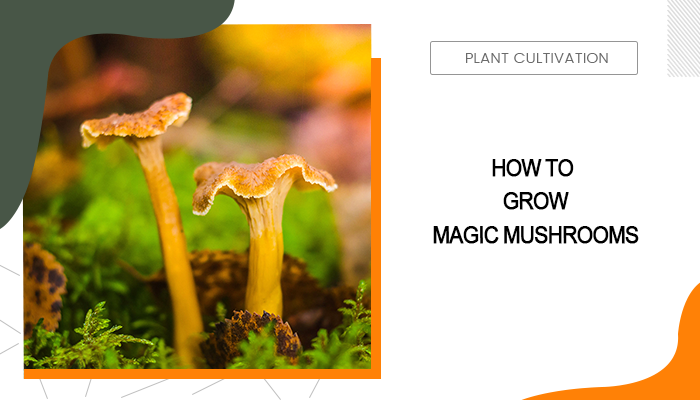
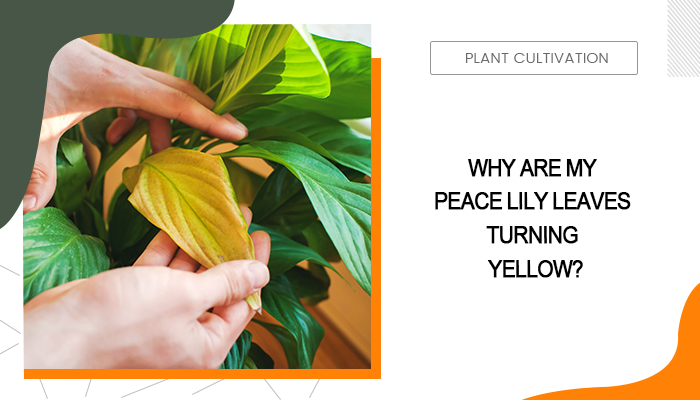




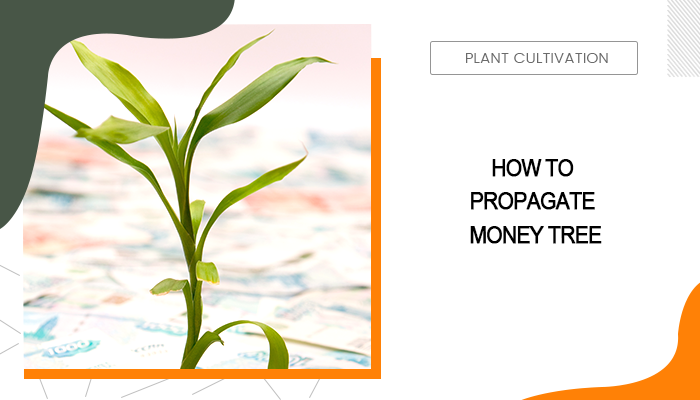
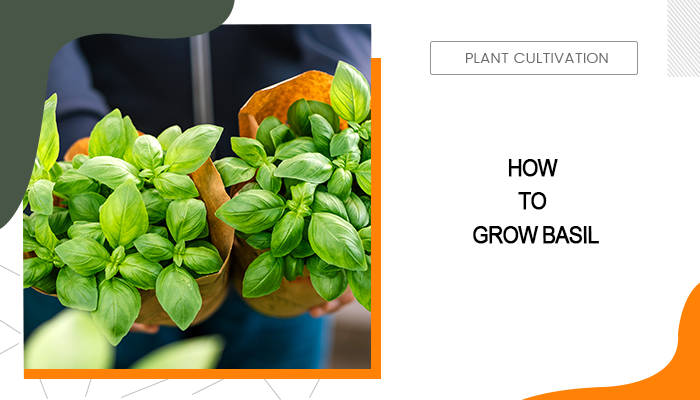

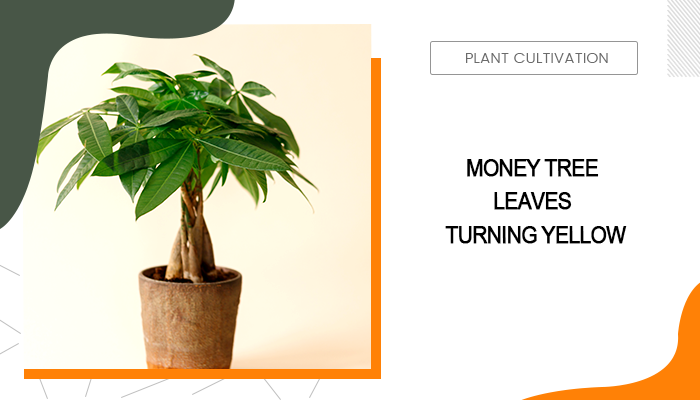
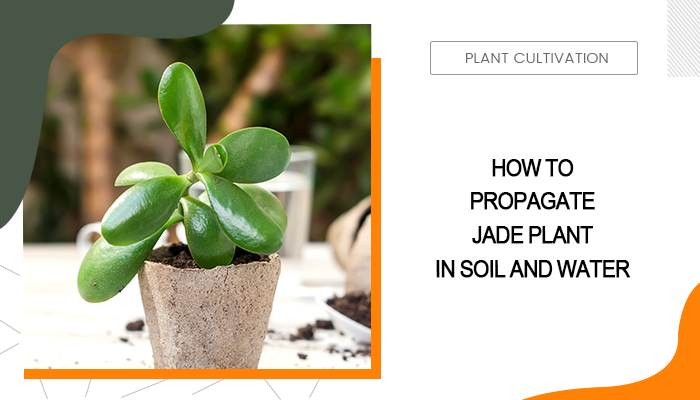
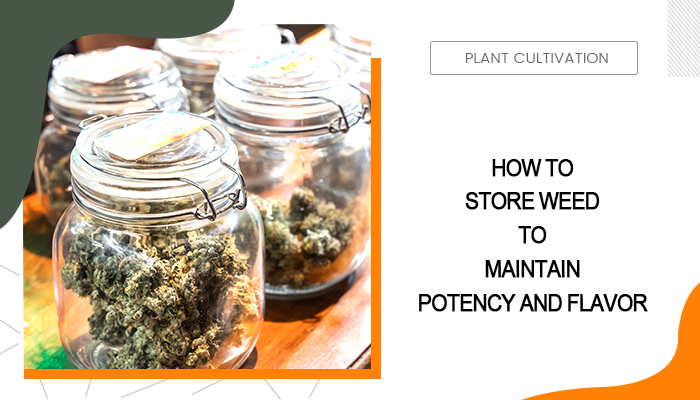
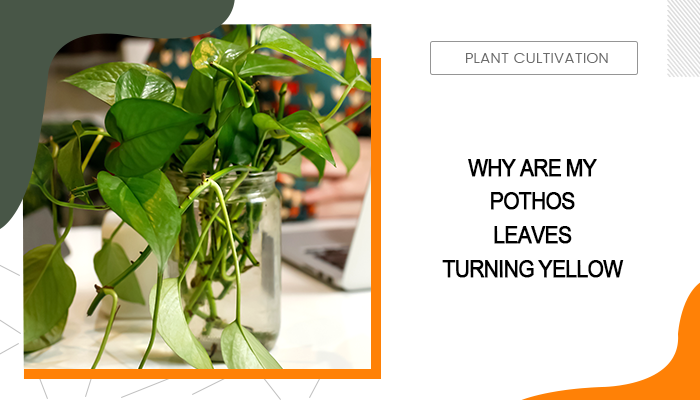


I’m from the gulf coast now living on the Mexico Border out West. I’m interested in growing some real mushrooms. I’m used to finding them in grain fed cattle pastures back home. I’m at a loss out here!